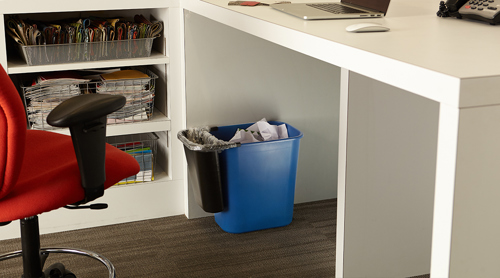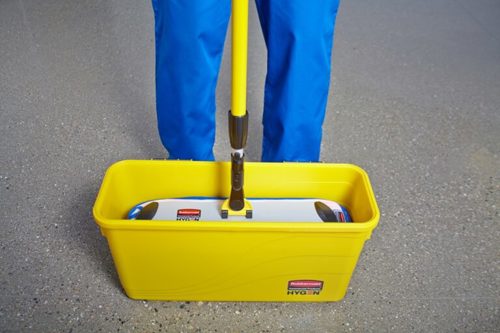
The global COVID-19 pandemic has shown the world that the oldest members of our communities are the most vulnerable to viral infections. Age and underlying conditions associated with age can cause a respiratory infection to worsen and become fatal.
In Australia, nearly 29 people in aged care facilities have died from complications related to COVID-19. In the U.S. 28,100 aged care residents and workers have died from the novel coronavirus, accounting for about 35% of all deaths in the country. Across the world, similar findings have shown the need for better health protections at senior living centres.
How aged care facilities can reduce the spread of infection
In the wake of the COVID-19 pandemic, the U.S. Centers for Disease Control and Prevention (CDC) developed enhanced guidelines for managing health and safety at nursing homes and long-term care facilities.
Core recommendations include:

Why sanitary surfaces are important
Regular cleaning of environmental surfaces is critical to reducing the rate of infections at aged care facilities. Combined with proper hand hygiene, surface sanitisation can minimise the transfer of viruses from person to person.
Areas where pathogens can be found are referred to as reservoirs of infection. Think of these areas as hotspots that are likely to come into contact with people. A reservoir spreads infections because, as people move in and out of the room, these are the places they are likely to touch. Common sources of infection include:
All surfaces in aged care facilities should be cleaned regularly. How frequently they should be sanitised depends on the number of people who visit the room and whether or not anyone is known to be infected. At a minimum, daily cleaning is necessary to reduce the spread of pathogens.
Not all cleaning products offer the same amount of protection, however. Cleaning staff need the right chemicals and equipment to ensure surfaces remain clean and sanitary. For example, disposable microfibre cloths can reduce the number of harmful pathogens by 99.9%.
In any health care facility, bodily fluids are most likely to spread infections. It's essential to have spill mops available to quickly absorb and remove bodily fluids from the area. After the hazardous materials have been removed, cleaning staff should take care to santise the area with the appropriate chemical agents.
Taking care of the oldest members of our communities should be a critical priority. For more information on finding the most durable and reliable cleaning tools and equipment, visit our product catalogue.